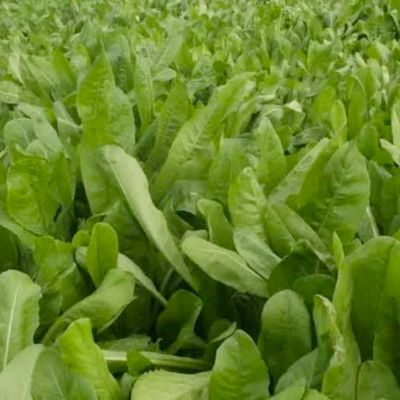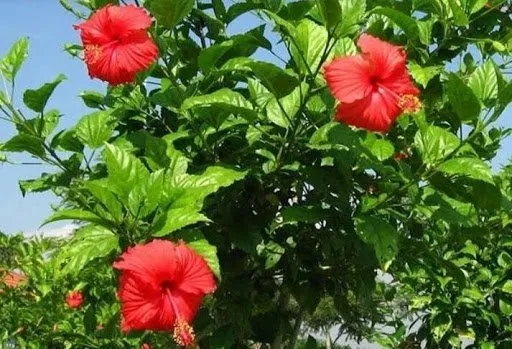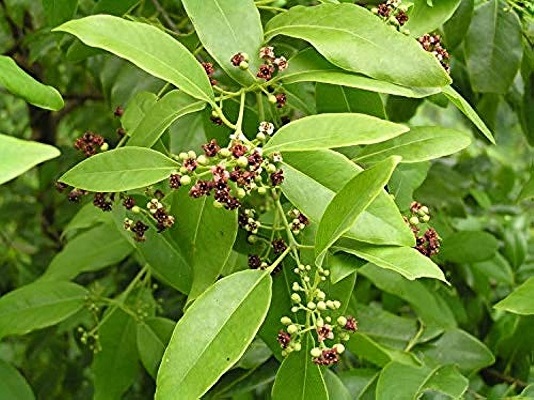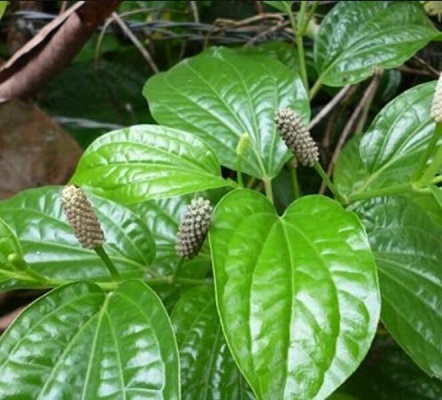On This Page
Japa – Hibiscus rosa-sinensis
Introduction
Japa, commonly known as ‘Hibiscus’ is a perennial shrub. It is native to China and is commonly cultivated in the gardens in India as an ornamental plant for showy flowers. The name ‘Japa’ indicates that the plant is having very attractive flowers. The word ‘Hibiscus’ is the Virgil’s name for the Marsh mallow, ‘rosa’ indicates the reddish or pink colour and ‘sinensis’ shows that it is native to China. Japa is one of the commonly seen plant in India and is widely used in different medicinal preparations. Hibiscus is a common content in many oils for hair growth and nourishment.
Dr.Gupta’s IAFA have conducted various studies to find out the active phytoconstituents in Japa and its various actions. The experienced scholars of IAFA have successfully proven the activities like Antifertility, Antiinflammatory, Analgesic, Spasmolytic, Hypotensive, Antipyretic, Antispasmodic, Antiviral, Antifungal, Antibacterial and Antiallergic actions of Japa. The experts of IAFA found out that the flavonoids contents in flower extracts of Hibiscus have antioxidant properties. It also shows free radical scavenging activity and inhibition of linoleic acid oxidation capacity. The flower extracts of Hibiscus also shows antibacterial activity and is found to be effective against pathogens like Staphylococcus species, Bacillus species and Escherichia coli.
Action of Japa – Hibiscus rosa-sinensis in Allergy
IAFA experts are putting continuous efforts to prove the antiallergic property of Japa. The plant contains phytoconstituents like taraxeryl acetate, beta-sistosterol, campestrol, stigmasterol, flavanoids, flavanoid glycosides, hibiscetin, alkanes, cyanin, cyanidine glucosides etc. These phytoconstituents contribute to its activities like antibacterial, antiviral, antifungal and anti allergic actions. The powder of this plant and other forms of medicines prepared from it is effective in pacifying aggravated Pitta and Kapha doshas. So it can effectively be used in allergic conditions caused due to vitiated Pitta and Kapha doshas.
Vernacular Names
| Sanskrit Name | Japa, Arkapriya, Aruna, Harivallabha |
| Hindi Name | Jasut |
| English Name | Hibiscus |
| Malayalam Name | Chembarathi |
| Kannada Name | Dasavala |
| Marathi name | Jasvand |
Botanical Name
Hibiscus rosa-sinensis
Family
Malvaceae
Morphology of Japa – Hibiscus rosa-sinensis
- Hibiscus is a perennial shrub which grows up to 8 ft.
- Arborescent stem, without prickles.
- Leaves short-petioled, ovate or ovate-lanceolate.
- Flowers colour, size and appearance specially colour varies with variation in species.
Ayurveda reference of Japa – Hibiscus rosa-sinensis

Geographical distribution of Japa – Hibiscus rosa-sinensis
Hibiscus is native to China and is commonly cultivated in the gardens in India as an ornamental plant for showy flowers.
Phytoconstituents of Japa – Hibiscus rosa-sinensis
The plant contains phytoconstituents like taraxeryl acetate, beta-sistosterol, campestrol, stigmasterol, flavanoids, flavanoid glycosides, hibiscetin, alkanes, cyanin, cyanidine glucosides.
Parts used of Satavari – Japa – Hibiscus rosa-sinensis
- Flowers
- Leaves
Dosage of Japa – Hibiscus rosa-sinensis
- Powder(churna)- 5-10
Medicinal Properties of Japa – Hibiscus rosa-sinensis
- Shotha hara – anti inflammatory
- Sula hara- relieves pain
- Garbhanirodhaka – antifertility
- Kesya – hair growth promoter
- Kushtaghna – useful in skin diseases
- Mutrasangrahaniya – anti diuretic
- Pramehaghna – cures diabetes

Have A Health Issue?
Consult Online
- Dr. Sahil Gupta (B.A.M.S., M.H.A.)
Ayurvedic Allergy Specialist
CEO & Founder of IAFA®
Home remedies of Japa – Hibiscus rosa-sinensis
Ayurveda is an ancient system of medicine which used different herbs to treat various diseases. Ayurveda mostly used commonly seen and readily available plants as medicine to treat diseases. Japa is one among the most commonly seen plant of high medicinal value. It is used as different home remedies. Some of them are,
- In Premature greying of hair (Palitya) – Iron slag, fruit of Phyllanthus emblica and flowers of Hibiscus are made into a fine paste and applied over scalp before bath everyday.
- In Amenorrhea (Rajorodha) – Consume paste prepared from flowers of Hibiscus and leaves of Celastrus paniculatus with sour gruel.
- In Headache (Sira sula) – The oil prepared from Hibiscus flowers are applied over forehead.
- In Hair fall (Khalitya) – Oil is prepared from flowers and leaves of Hibiscus and applied over scalp before bath.
- In Heart diseases (Hridroga) – The root powder of Japa is taken along with honey taken daily can act as cardio protector.
- In Diabetes (Prameha) – The powder of Hibiscus is taken along with hot water taken orally at a dose of 40 ml once per day.
- In Dandruff (Shudra Roga-Daranakam) – Paste made of flowers and leaves of Hibiscus is applied over the scalp before bath.
- In Bleeding disorders(Raktapitta) – Decoction made of Hibiscus leaves at a dose of 60 ml is taken.
Dr.Gupta’s IAFA has been conducting various research programs to identify the different phytoconstituents and actions of various herbs mentioned in Ayurveda. All these data are made use in developing medicines and treatment methods. Our system mainly aims in the growth of Ayurveda science. IAFA is providing treatment and different medicines for common men without compromising in it’s quality. The well experienced members of our team are consistently working to find out the most effective ways to cure all diseases especially Allergic disorders. Use IAFA products for longevity and to obtain immune power.
Visit IAFA for getting real Ayurveda care!!!
Was this Page Helpful?
Read More Articles
-

Kasini (Cichorium intybus)
Kasini (Cichorium intybus) commonly known as Chicory is a perennial herb, with large…
-
-









